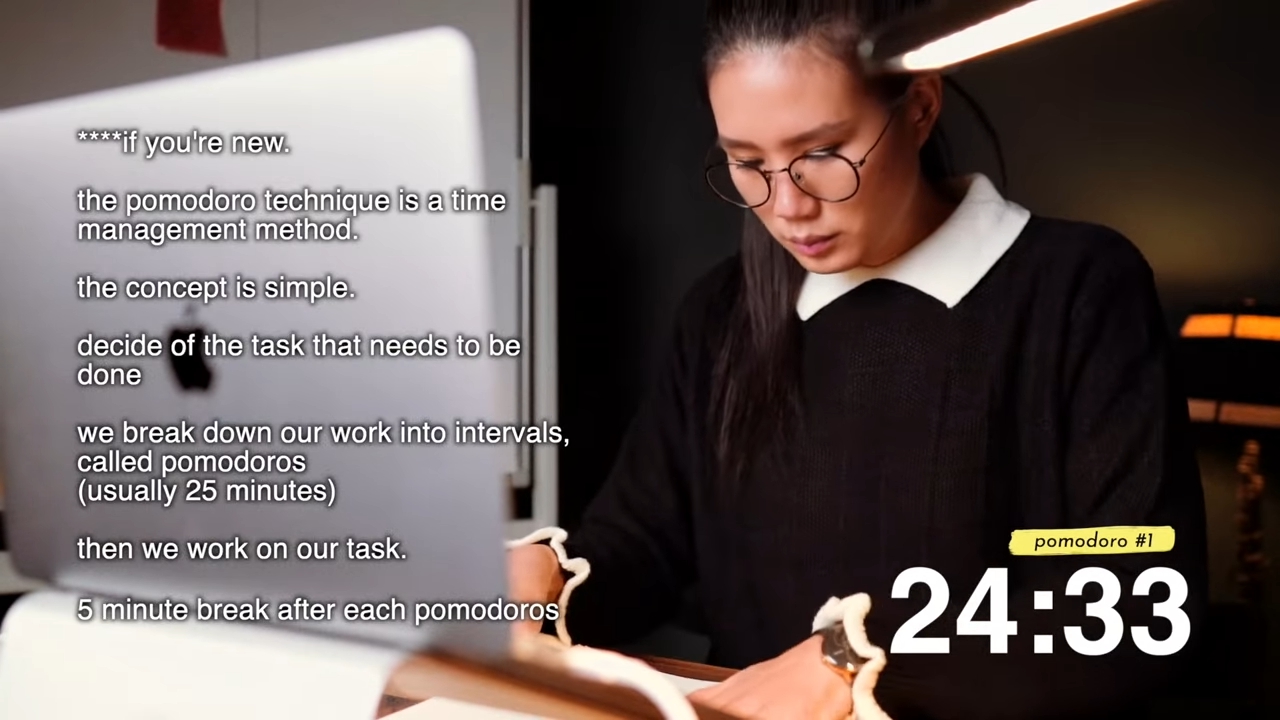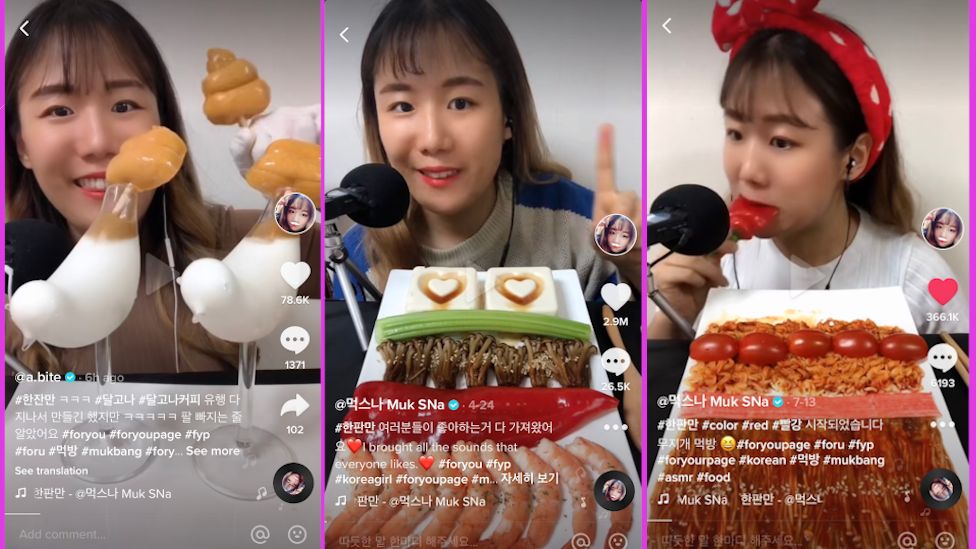For all of its technological benefits, a common consequence of our increasingly digital world is the loneliness that many face. What once were communal or even social activities are now commonly done in the absence of company – and it’s perfectly acceptable. It’s now normal to see people eating across their laptop screens, or scrolling through Instagram on their mobile devices with one hand while deftly wielding a fork in the other.
However, as normal as this lifestyle of solitude has become, the dawning sense of isolation is but an inevitability – one that has spawned some interesting trends over the past few years.
Mukbang – watch me eat.
Loosely translating to “eating broadcast” in Korean, this trend essentially sees a person, or group of people, eating on video. While the idea of watching a stranger devour his or her meal for one’s own satisfaction may seem odd, it’s less so when considered as an answer to the increasing isolation many face during the global COVID-19 pandemic. Then there is also its ASMR potential coming from watching a copious amount of eating.

Autonomous sensory meridian response or auto sensory meridian response (both abbreviated to ASMR), is a term for the experience of a “low-grade euphoria” often described as “a combination of positive feelings and a distinct static-like tingling sensation on the skin.” Physically, it often manifests as a tingling sensation beginning on the recipient’s scalp, before moving down the neck and upper spine.
Considered to be a positive, or at least benign, form of paresthesia – the phenomenon of an abnormal sensation felt on one’s skin despite a lack of apparent physical stimulation – ASMR is perceived as a “low-grade euphoric experience.” And whether you can relate to it or not, surely it’s no surprise that ASMR-triggering audio and video content have become a trend on user-generated content platforms such as Facebook, Spotify and, most commonly, YouTube. The video platform was host to over 13 million ASMR-inducing videos in 2018 alone.
Despite beginning in Korea, mukbang has seen global proliferation over the decade. Catching on in Japan, China, the US, and even Singapore, mukbang content creators can be found in just about every corner of the world.
But while eating has already long been a solitary activity for many, the current pandemic has placed the stress of isolation on other activities as well. Mundane, day-to-day tasks such as studying have also been identified as devoid of interaction.
Enter gongbang…

Gongbang, meaning “study broadcast” is the latest trend to hit video platforms. Essentially featuring live streams or pre-recorded videos of people studying, these videos seem to focus more on the idea of offering virtual company. The trend began with a man studying to be a police officer, Bot No Jam, who racked up over 330,000 subscribers on Youtube with regular streaming.
Gongbang also seems to have a two-way benefit with the content creators stating that making these videos help them focus on studying as well. Some of them even offer simple interactive options like marking attendance, or being rewarded for attending with the likes of vouchers and gift cards.

Following in the footsteps of mukbang, some gongbang video makers also place an emphasis on the ASMR factor, highlighting aspects such as the rustle of paper when turning the pages of a book, or even the scratching of a pen or pencil on the surface of paper while making notes.
Given that studying is normally being done in communal areas such as schools, it is of no surprise that these gongbang videos have seen an instant rise in demand, with some broadcasters seeing up to two million views on their videos.
Quite literally a new school study culture.
Despite its largely harmless impact, these types of “broadcast” videos have been accused of being “lazy content.” With seemingly no real skill needed beyond pointing a camera at yourself while doing an otherwise unremarkable daily activity, viewers have been quick to relegate mukbang and gongbang videos, along with other trending content like reaction videos, to the depths of uninspired, and even lazy content creation.
Unfortunately, there have also been downsides to mukbang, when simple eating videos veer toward more indulgent and opulent meals, raising concerns of excessive eating and even food wastage.
In China, the government has begun cracking down on mukbang content creators AND viewers.

In addition to their already strict internet usage regulations, the Chinese government has also been issuing warnings to those searching for terms like “eating show” or “eating livestream”, due to the wasteful nature of these videos.
Additionally, informative content on eating healthily and in moderation has been promoted by the government on platforms such as Douyin (a sister app to TikTok). Even mukbang influencers have now joined the cause with some using their platforms to encourage others to not waste food.
Regardless of how these trends may veer, both mukbang and gongbang are interesting solutions to the simple communal activities we may have taken for granted in pre-pandemic times. Besides, who would deny themselves a good tingle up the spine?
Join the conversations on THG’s Facebook and Instagram, and get the latest updates via Telegram.














